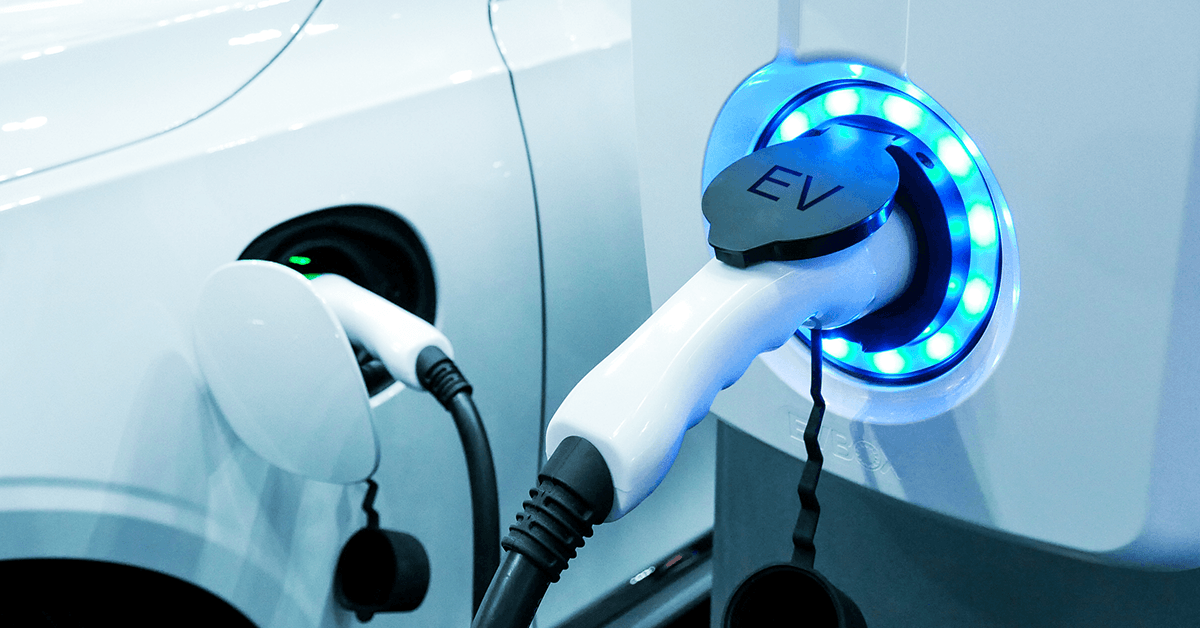Talking future steel technology for BEVs with MetalForming Magazine
George Coates – Steel E-motive Technical Director, talks to MetalForming magazine about how steel is shaping the future of battery electric vehicle technology and enabling advances in autonomous and connected vehicles for mobility as a service applications.
The article reviews the Steel E-motive program in depth, focusing on the role that steel will play in the automotive market over the next decade. Battery electric vehicles (BEVs) are already changing the way that we think about sustainable transport and mobility. The Steel E-motive program is looking further into the future at the types of BEV that may be on our roads in the coming decades. We will develop two fully autonomous electric vehicle concepts for Mobility as a Service applications.

George picks up on the unique architectural challenges of creating vehicles MaaS applications. These vehicles must be safe, affordable and be both mass and environmentally efficient. For this reason, steel is put forward as the material of choice to develop these vehicle concepts.
He describes in detail the safety challenges of developing a battery casing. BEVs must meet key battery-case safety requirements in order to be deemed road worthy. Currently, there is no standard material for battery casing. In the article, George puts forward the case for steel to become the material of choice for this application.
The article also explores the interior safety challenges of creating a BEV for mobility as a service applications. Vehicle autonomy opens up completely novel opportunities for cabin configuration. There is no need for driver controls and so this space can be used in different ways. However, these vehicles must still meet crash safety requirements. Therefore, a new interior configuration requires a complete rethink in terms of how the structure behaves in the event of a crash. George explains that very-high-strength materials and the new steel grades are perfect for this application and explores the reasoning for this in detail.
Finally, George discusses the affordability and sustainability of steel as a material. Environmental performance is one of the main concerns when it comes to battery electric vehicles. It is important that the materials that make up the vehicle are just as sustainable as the method of propulsion. Furthermore, affordability will play a significant role in the future of electric vehicles. Both in the short term to improve electric vehicle uptake, and looking towards future Mobility as a Service applications. George explains that affordability is key to ensuring a sound business case for these applications and why steel is the perfect material to achieve both of these important requirements.
Read the full article here: https://www.metalformingmagazine.com/article/?/materials/high-strength-steel/steel-yourself-for-the-bev-of-2030-and-beyond
Subscribe for updates
The Steel E-Motive vehicle concept is still in development. Sign up to be the first to hear about the latest developments from the program.
You might also be interested in
